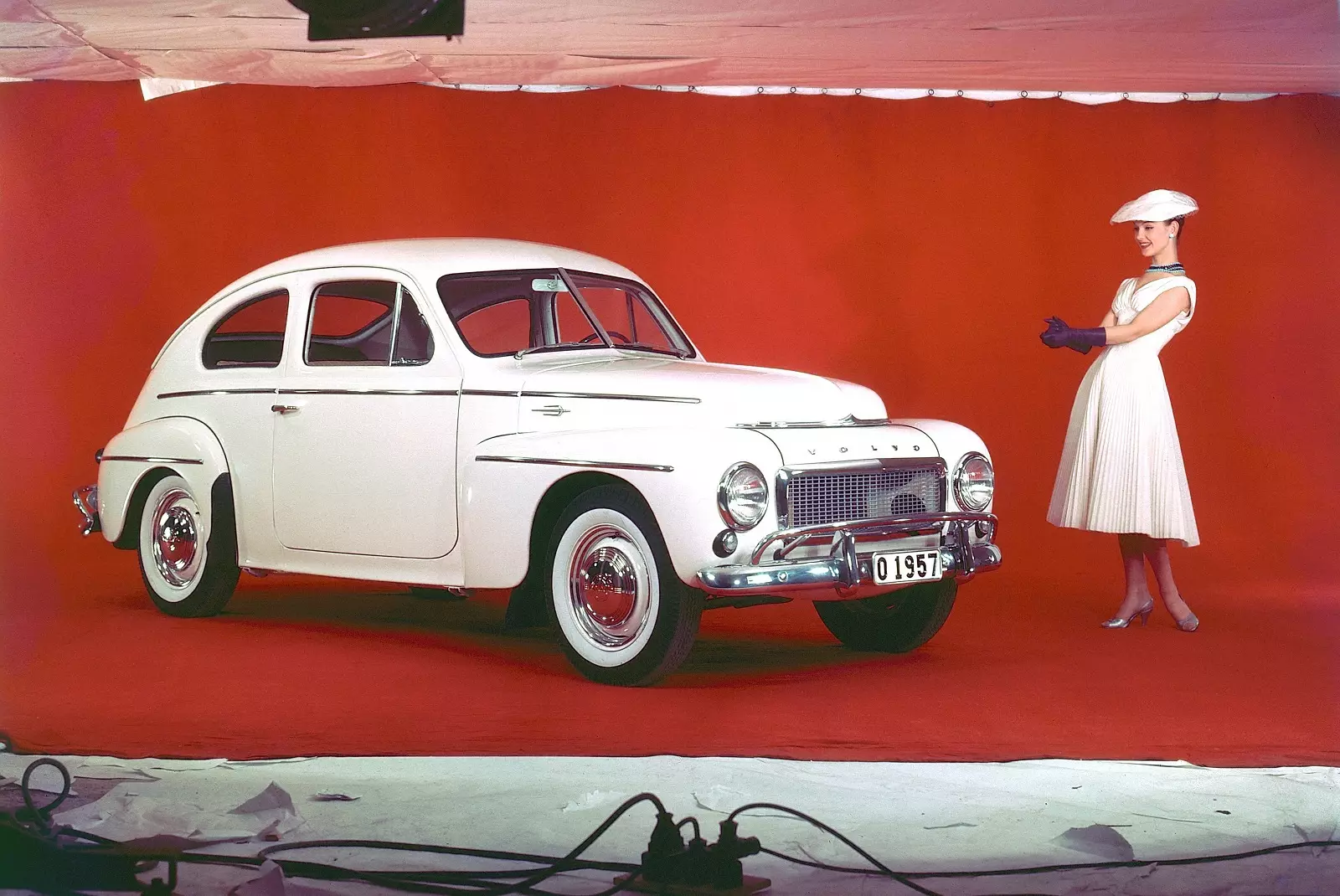Volvo has one of the richest histories in the automotive industry. And we're not just talking about the sui generis episode that involved its foundation – two friends and a lobster (remember here). We naturally speak of technological advances and models that have marked its history.
How did the determination of two men manage to make such an impact in an industry dominated by superpowers? The answer follows in the next lines.
We finished the first part of this 90 years Volvo special, talking about the ÖV4 – also known as “Jakob” – the first production model of the Swedish brand. And that's where we'll continue. Another trip to 1927? Let's do it…

The early years (1927-1930)
This chapter is going to be a long one – the first few years were as intense as they were interesting.
In the first year of activity, Volvo managed to produce 297 units of the ÖV4. Production could have been higher – there was no shortage of orders. However, the brand's strict quality control and constant scrutiny of the quality of components supplied by external companies dictated some restraint in the expansion of production.
“We founded Volvo in 1927 because we believed that no one was producing cars that were reliable and safe enough”
For Assar Gabrielsson the biggest threat to Volvo's expansion was not sales – that was the least of the problems. The great challenges of the newly created Swedish brand were production sustainability and after-sales service.
At a time when manufacturing processes were still very rudimentary and the concept of after-sales service a mirage, it is remarkable to see that Volvo already had these concerns. Let's start with production sustainability problem.
In this regard, it will be interesting to recall an episode revealed by Assar Gabrielsson in his book “The history of Volvo's 30 years”.
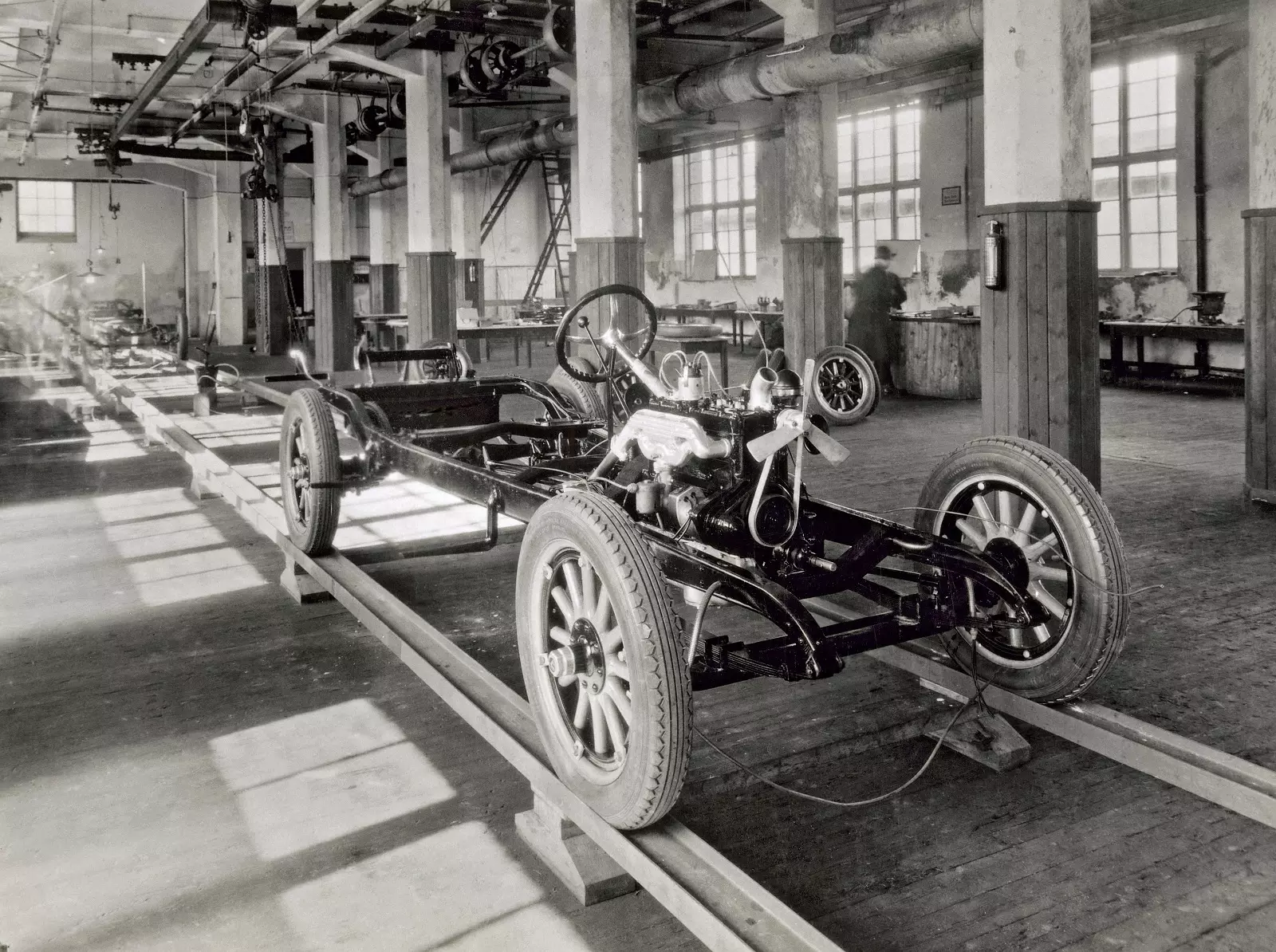
As we have already written in the first part of this special, Assar Gabrielsson knew the automotive industry from the perspective of suppliers as the «palm of his hands». Gabrielsson knew that the great industrial powers only used national components – it was a matter of politics and nationalist pride.
As an example, an English brand would never resort to French carburetors, even knowing that French carburetors could be of better quality than British ones. The same applied to the Germans or the Americans – who had import constraints.
In this aspect, as in so many others, Volvo's founders were quite pragmatic. The criterion for selecting the brand's suppliers was not nationality. The criterion was simpler and also efficient: Volvo only bought its components from the best suppliers. Point. It's still like that today. They do not believe? Try visiting this brand page and see the criteria you have to meet. Old habits die hard…
RELATED: Volvo Cars distinguished for its corporate ethics
Thanks to this strategy Volvo gained an advantage in two ways : (1) increased its competitiveness with its suppliers (gaining negotiating margin); (2) get the best components for their cars.
Second aspect: after-sales service . One of the many factors that influenced Volvo's success from the early years was its concern for customers. Gustav Larson, during the development of the models, always had in mind a constant concern with the reliability of the models and with the speed and ease of repair.
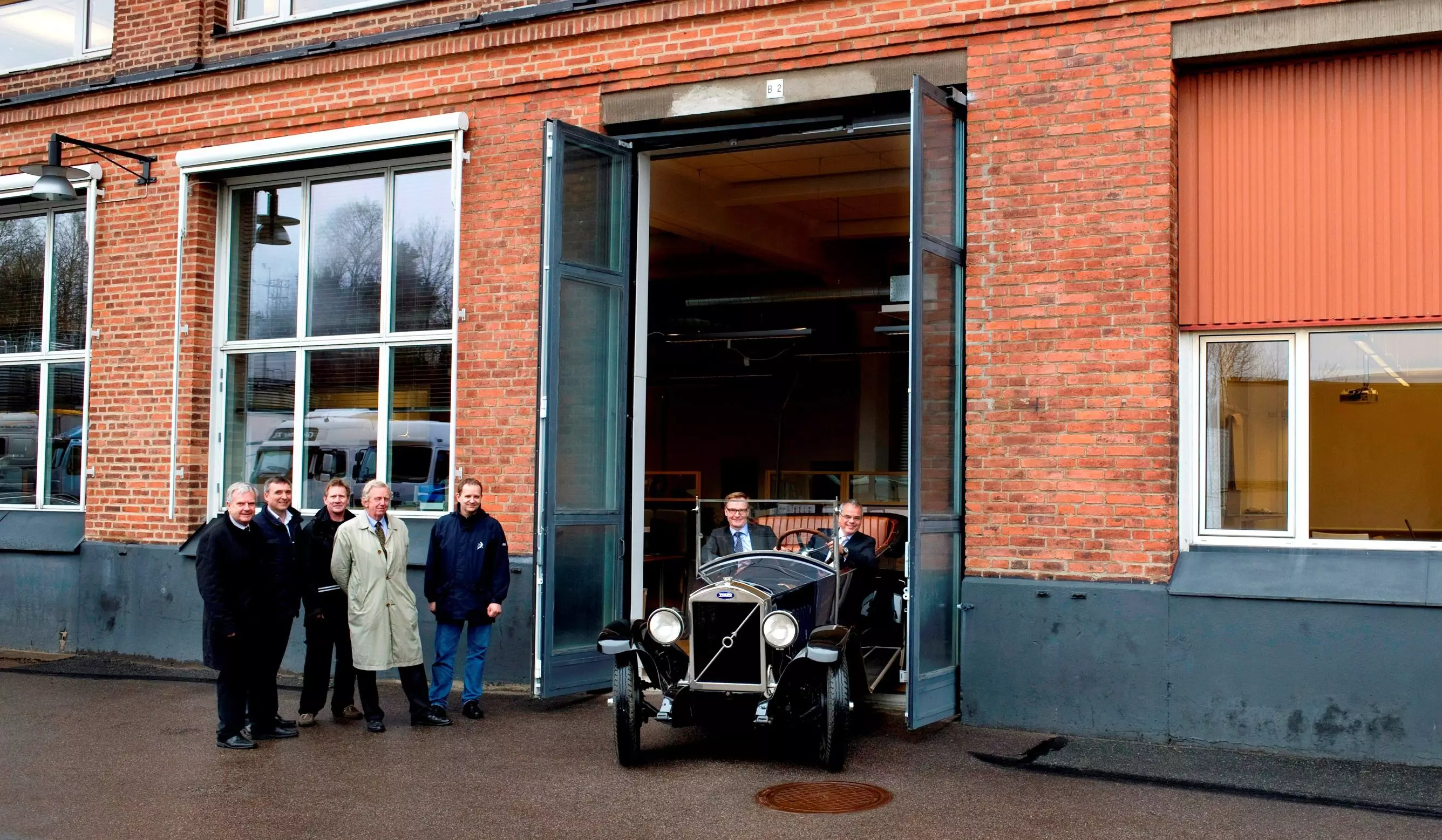
Thanks to this strategy, Volvo was able to increase customer satisfaction and improve its competitiveness with the competition.
Volvo's reputation for reliability and responsiveness soon spread across the market. Transport companies, aware that 'time is money', started asking Volvo to also produce commercial vehicles. Volvo responded to this demand with “truck” derivations of the ÖV4 – which had already been thought of since 1926.
Did you know that? Until the mid-1950s, Volvo's production of trucks and buses surpassed the production of light vehicles.
Meanwhile, on Volvo drawing boards, the brand's first engineering team was developing the successor to the ÖV4. The first “post-Jakob” model was the Volvo PV4 (1928), pictured below.
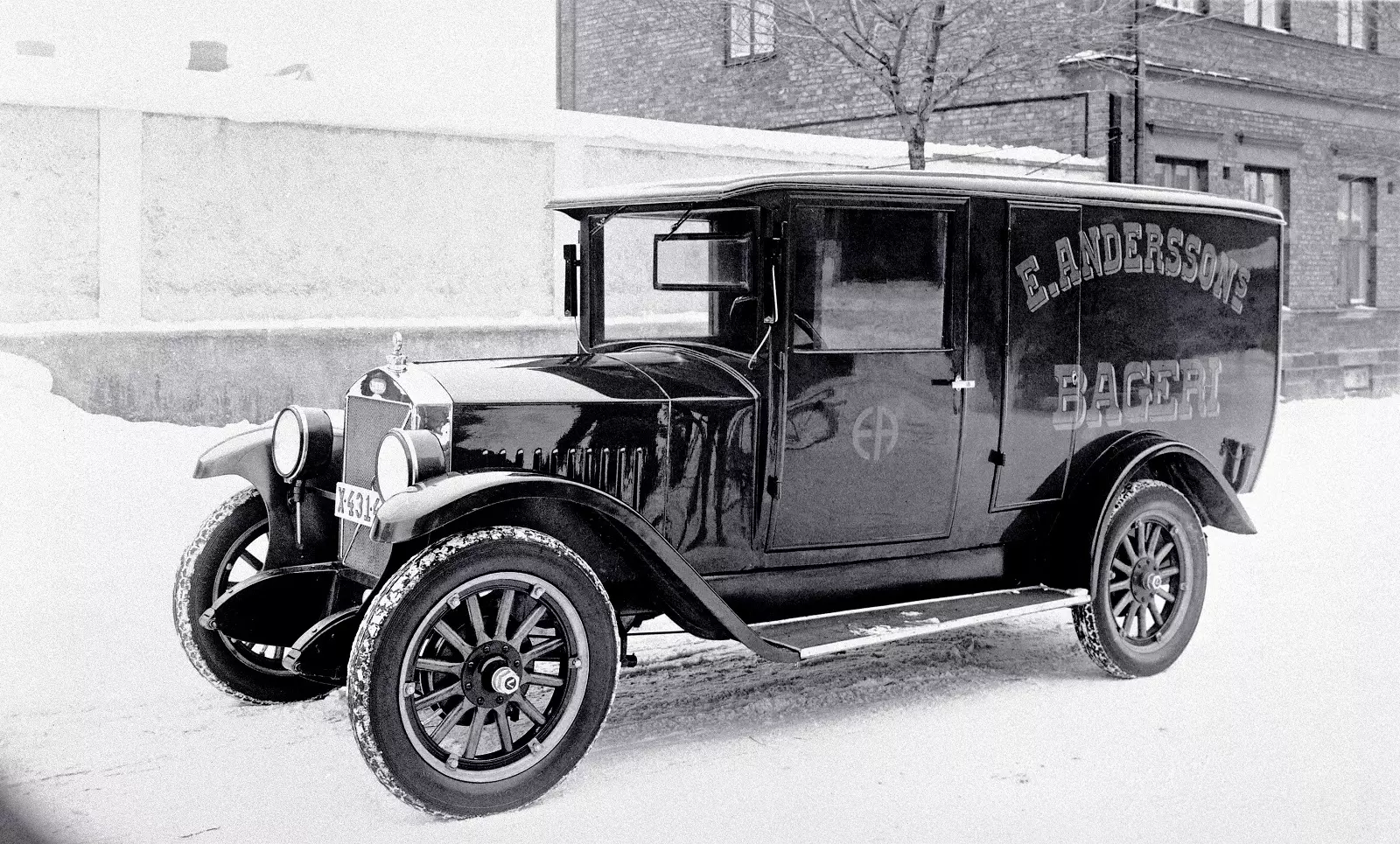
The Volvo PV4 and the Weymann Principle
A model that stood out from the competition thanks to manufacturing techniques from the aeronautical industry. The PV4 chassis was built around the Weymann's Principle , a method that consisted of using wood with patented joints to produce the structure of the car.
Thanks to this technique, the PV4 was lighter, faster and quieter than most cars at the time. This year (1928), Volvo sold 996 units and opened the first representation outside Sweden. It was called Oy Volvo Auto AB and it was based in Helsinki, Finland.
The following year (1929) arrived the first six-cylinder engines in line with the PV 651 and its derivations, in the following image.
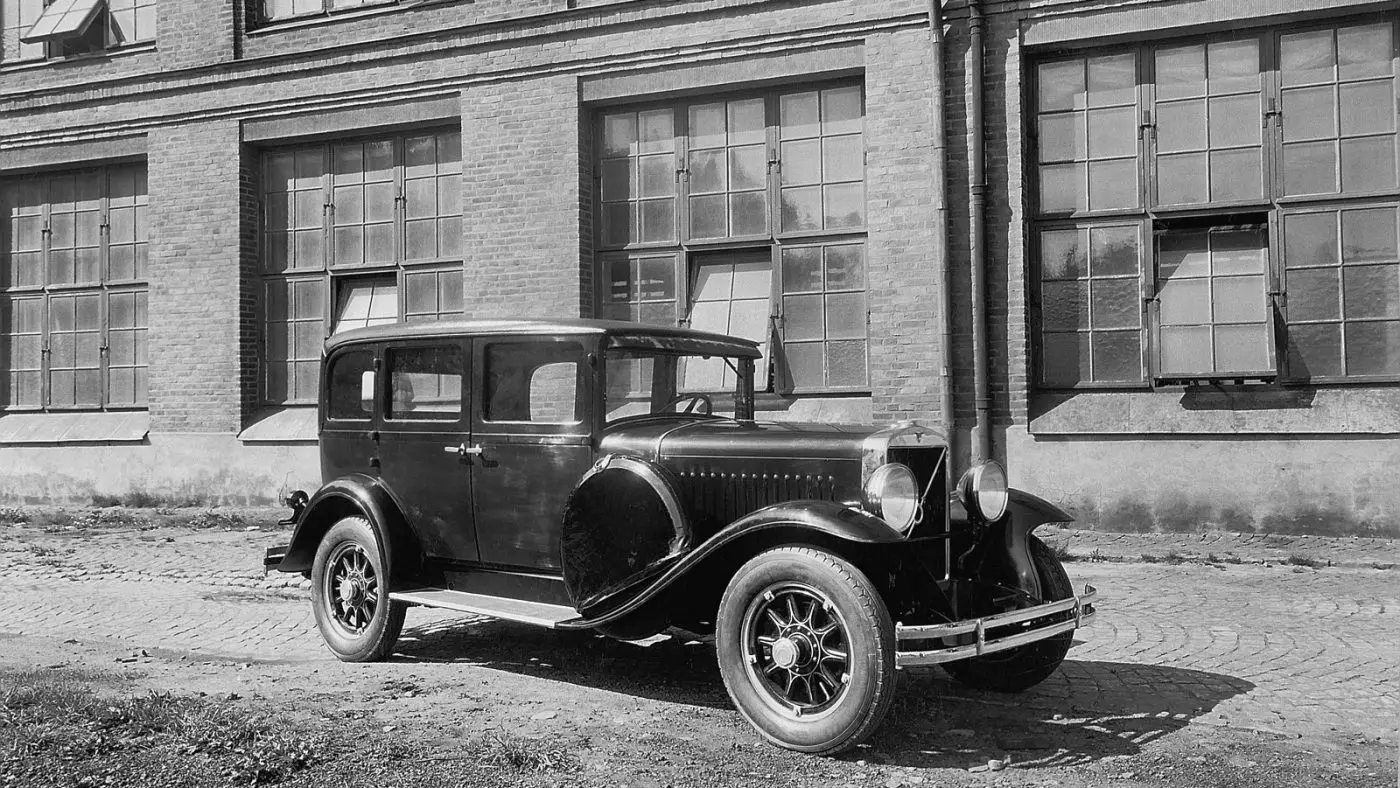
In addition to the in-line six-cylinder engine, one of the highlights of this model was the four-wheel braking system – mechanics on the PV651 and hydraulics on the PV652. In addition to the particulars, the taxi companies started looking for Volvo models. Volvo closed 1929 with 1,383 vehicles sold - it was the first year the brand made a profit.
The first ups and downs (1930-1940)
The following year, 1930, was also a year of expansion. The brand launched its first seven-seater model, the great-grandfather of the current Volvo XC90. It was called TR671 (TR was the abbreviation for the word tr ansporte, the 6 corresponded to the number of cylinders and the 7 number of seats) in practice was a long version of the PV651.
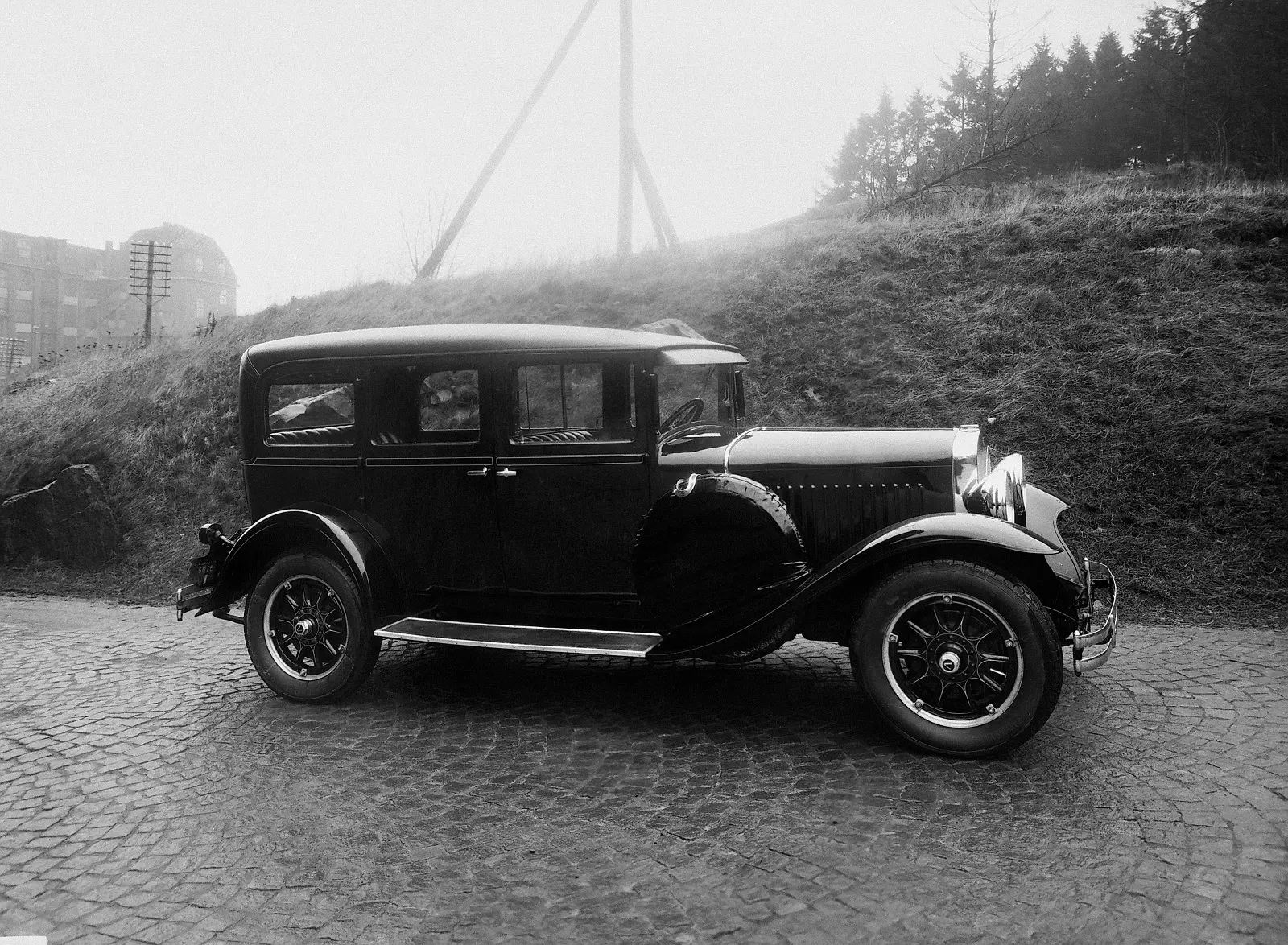
With production increasing and turnover rising, Volvo decided to acquire its engine supplier, Pentaverken. A company dedicated to the production of engines for naval and industrial purposes - today it is called Volvo Penta . Volvo wanted Pentaverken 100% focused on its car engines.
By this time Volvo already had an 8% share of the Scandinavian market and employed several hundred people. In 1931 Volvo distributed dividends to shareholders for the first time.
And speaking of shareholders, let us open a few more parentheses in this story to tell the following: even though the SKV company had a strategic importance in Volvo's early years (if you don't know what we're talking about, read here), small investors had a remarkable importance in the financial health of the brand during the first years.
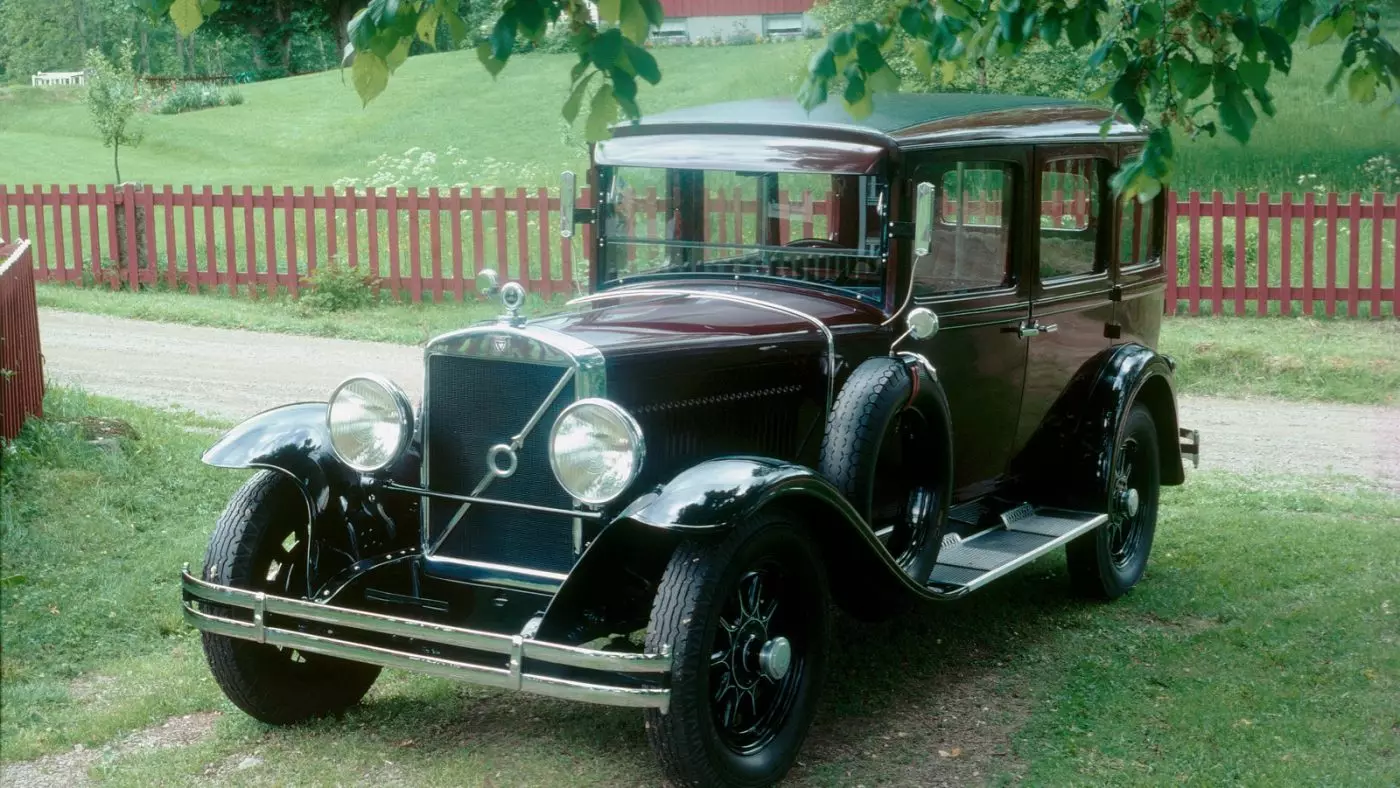
Although Volvo has aroused the interest of some industry giants, Assar Gabrielsson revealed in his book that the first investors were small entrepreneurs, common people.
In 1932, thanks to the mastery of Pentaverken's destinies, Volvo introduced in its models the first evolution of the inline six-cylinder engine. The displacement increased to 3.3 liters, the power increased to 66 hp and consumption decreased by 20%. Another new feature was the adoption of a mass steering wheel synchronized gearbox. Volvo reached the milestone of 10,000 units!
In 1934 alone, Volvo sales almost reached 3,000 units – 2,934 units to be precise – of which 775 were exported.
Anticipating this trend In 1932, Assar Gabrielsson hired a renowned engineer named Ivan Örnberg to develop the new generation of Volvo models.
Then the PV36 (also known as Carioca) and PV51 in 1935 – see the gallery. Both, with a design inspired by American models, known as streamlined. The design was modern and the technology employed as well. For the first time, Volvo used independent suspensions.
Thanks to a price adjusted to the quality offered, the PV51 was a sales success. The power of 86 hp for "only" 1,500 kg of weight made this model a sprinter compared to its predecessors.
In this image gallery: P36 on the left and P51 on the right.
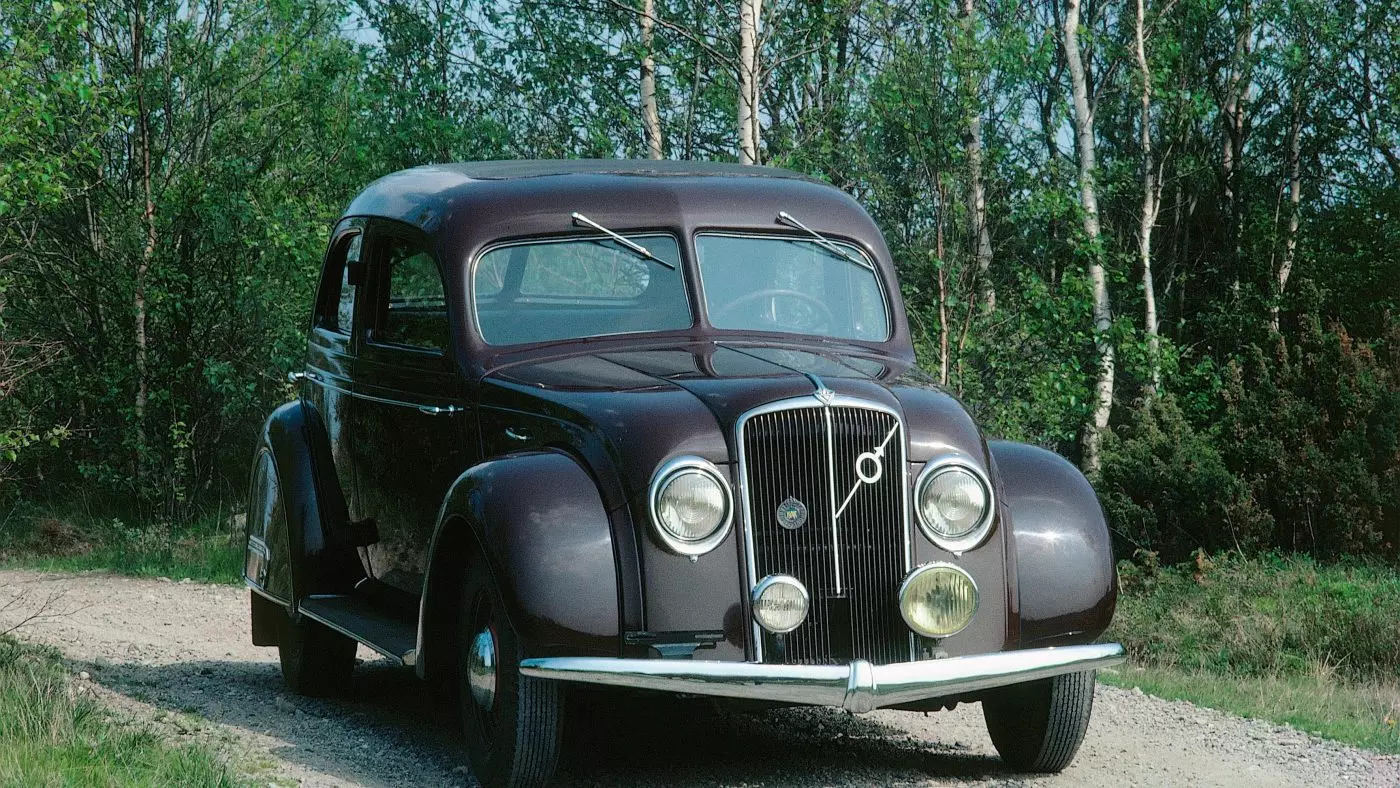
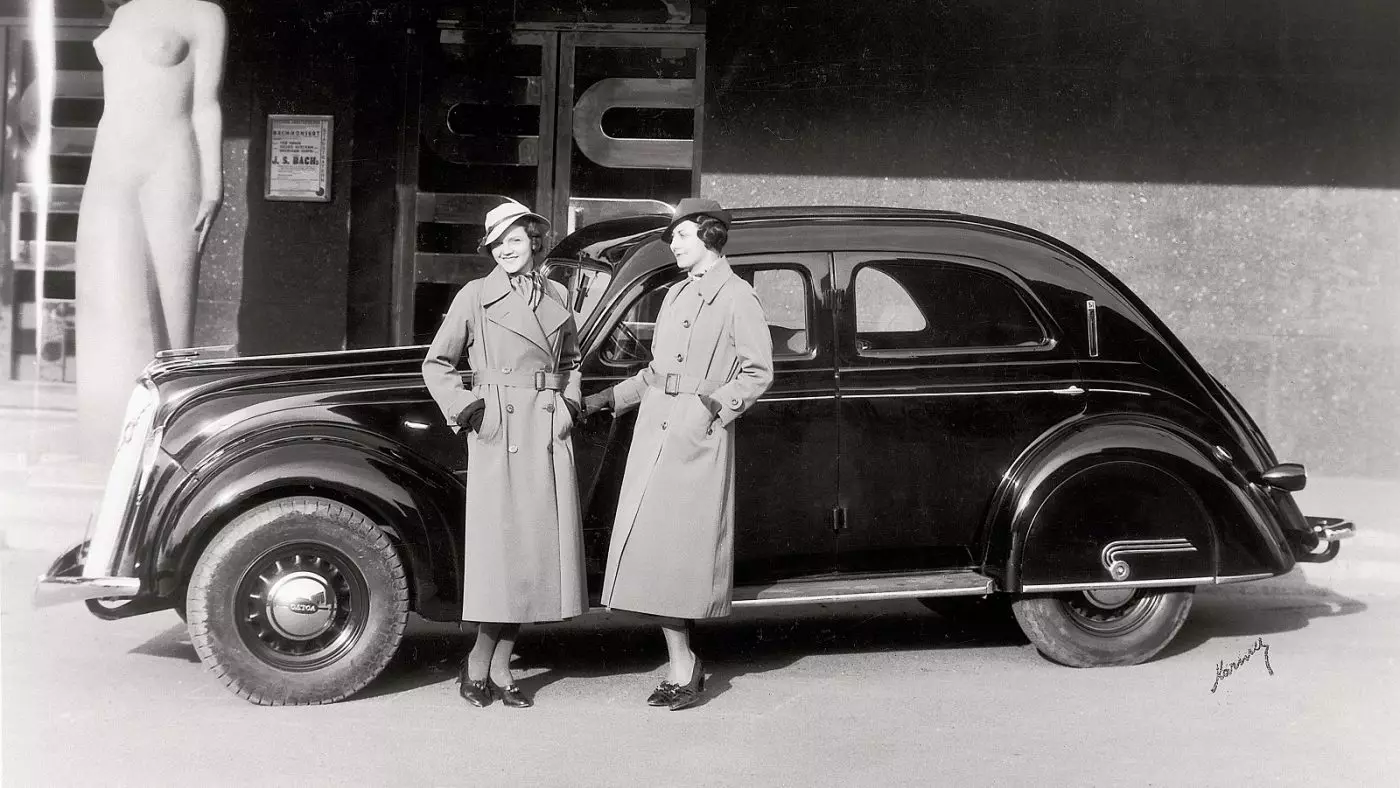
This was also the year that Volvo parted company with SKF – this components company wanted to focus on its “core business”. By decision of AB Volvo's board of directors, the brand entered the Stockholm Stock Exchange in search of new investors. Volvo's value has increased.
Until 1939, everything went well for Volvo. Sales increased year after year, and profits matched this dynamic in equal measure. However, the beginning of World War II came to shuffle the brand's plans. By this time, Volvo was producing more than 7,000 vehicles a year.
Due to fuel shortages and war efforts, in 1940 orders began to give way to cancellations. Volvo had to adapt.
Civilian car production declined drastically and gave way to light and commercial vehicles for Swedish troops. Volvo started too to produce a mechanism called ECG which turned the smoke from burning wood into a gas that powered gasoline combustion engines.
Images of the "ECG" mechanism
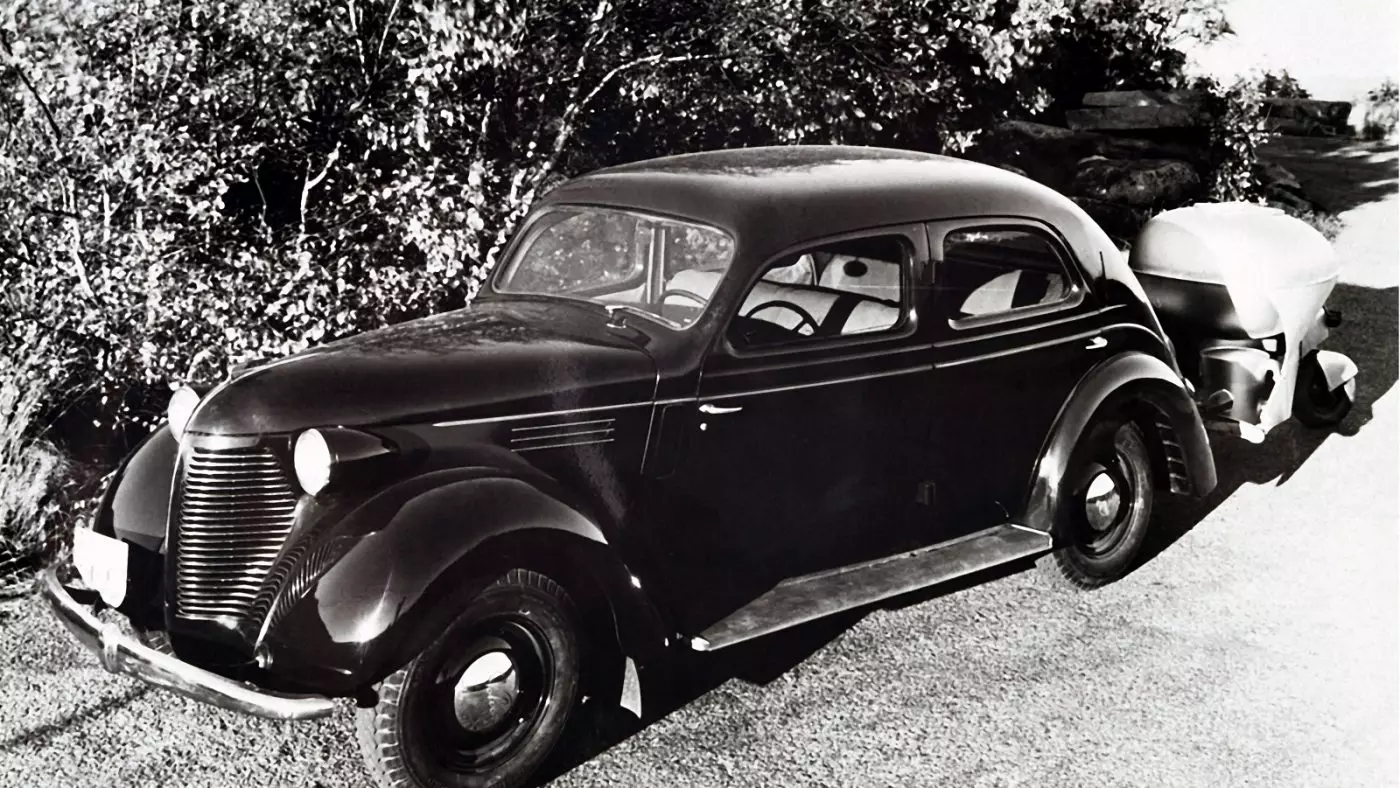
The modern Volvo
We finished this 2nd part of the Special 90 years of Volvo with Europe in the middle of World War II. Unlike many brands, Volvo survived this dark period in our collective history.
At the next chapter let's introduce the historic PV444 (pictured below), the first post-war Volvo. A very advanced model for its time and perhaps one of the most important in the brand's history. The story continues – later this week! – here at Ledger Automobile. Stay tuned.
In the image below – photo shoot of the Volvo PV 444 LS, USA.
